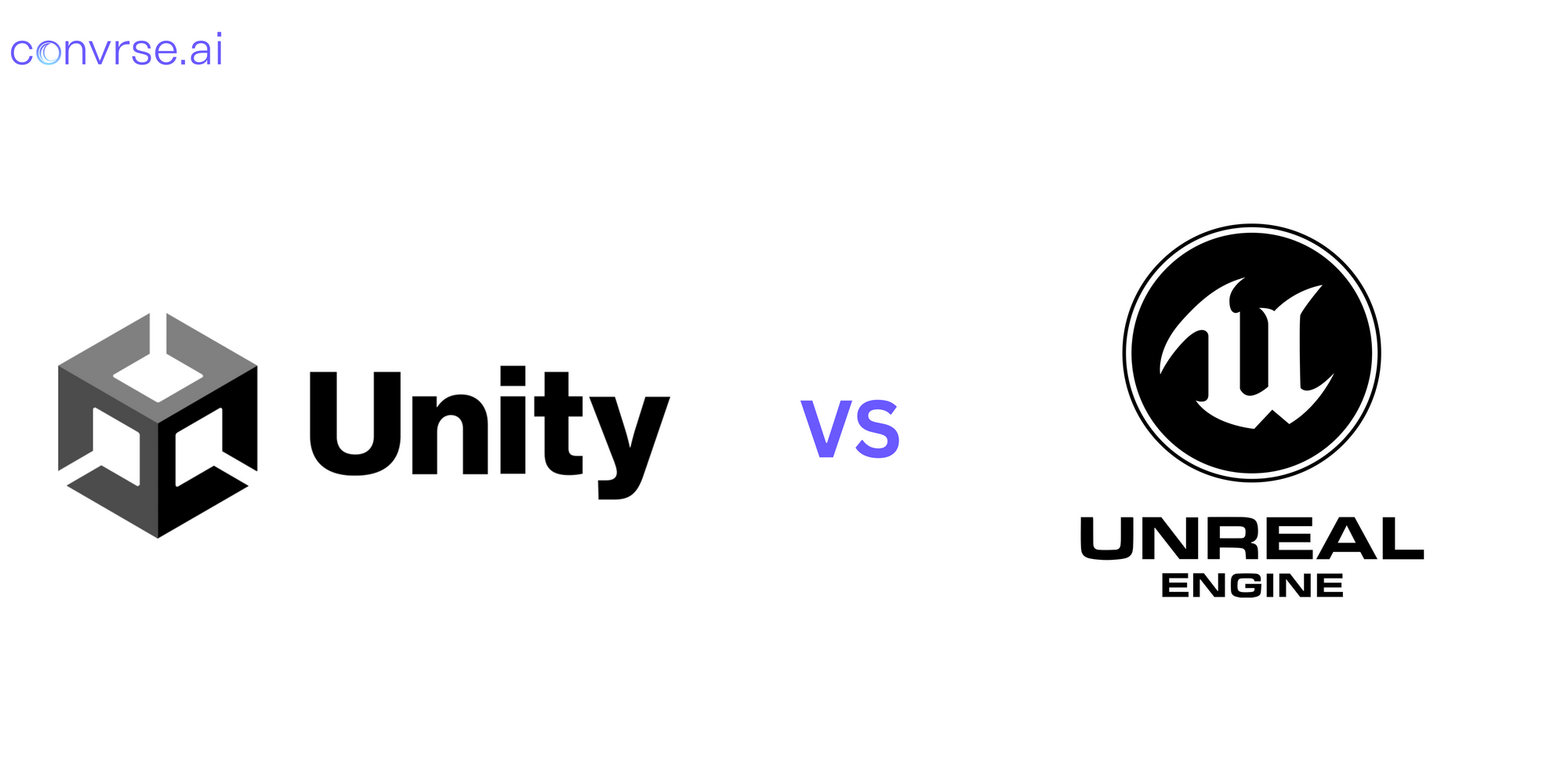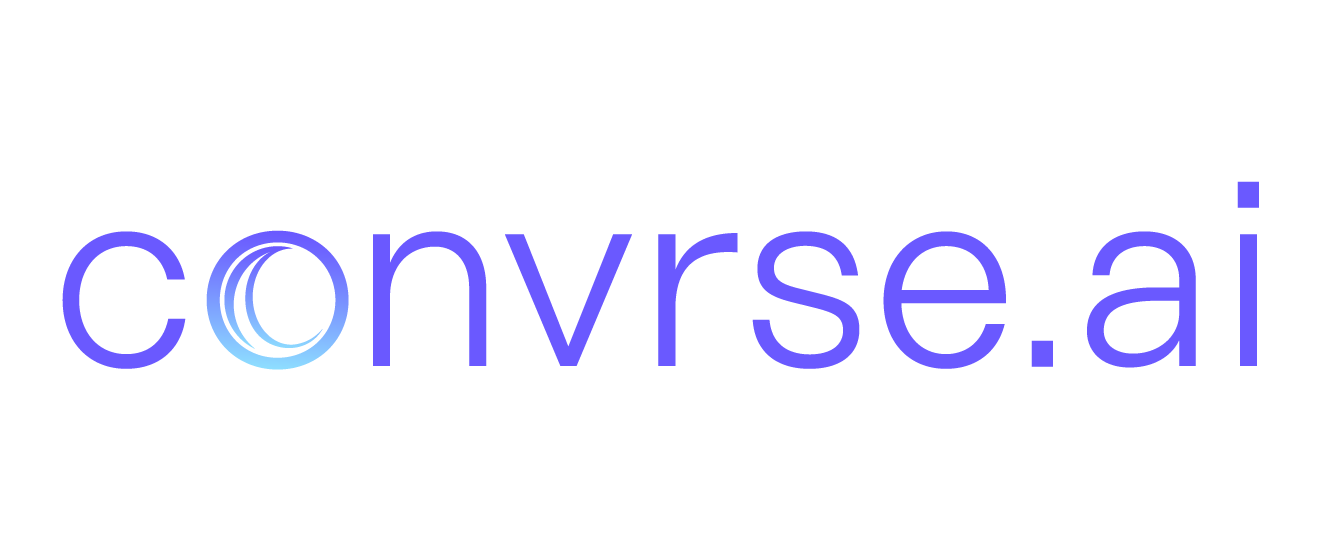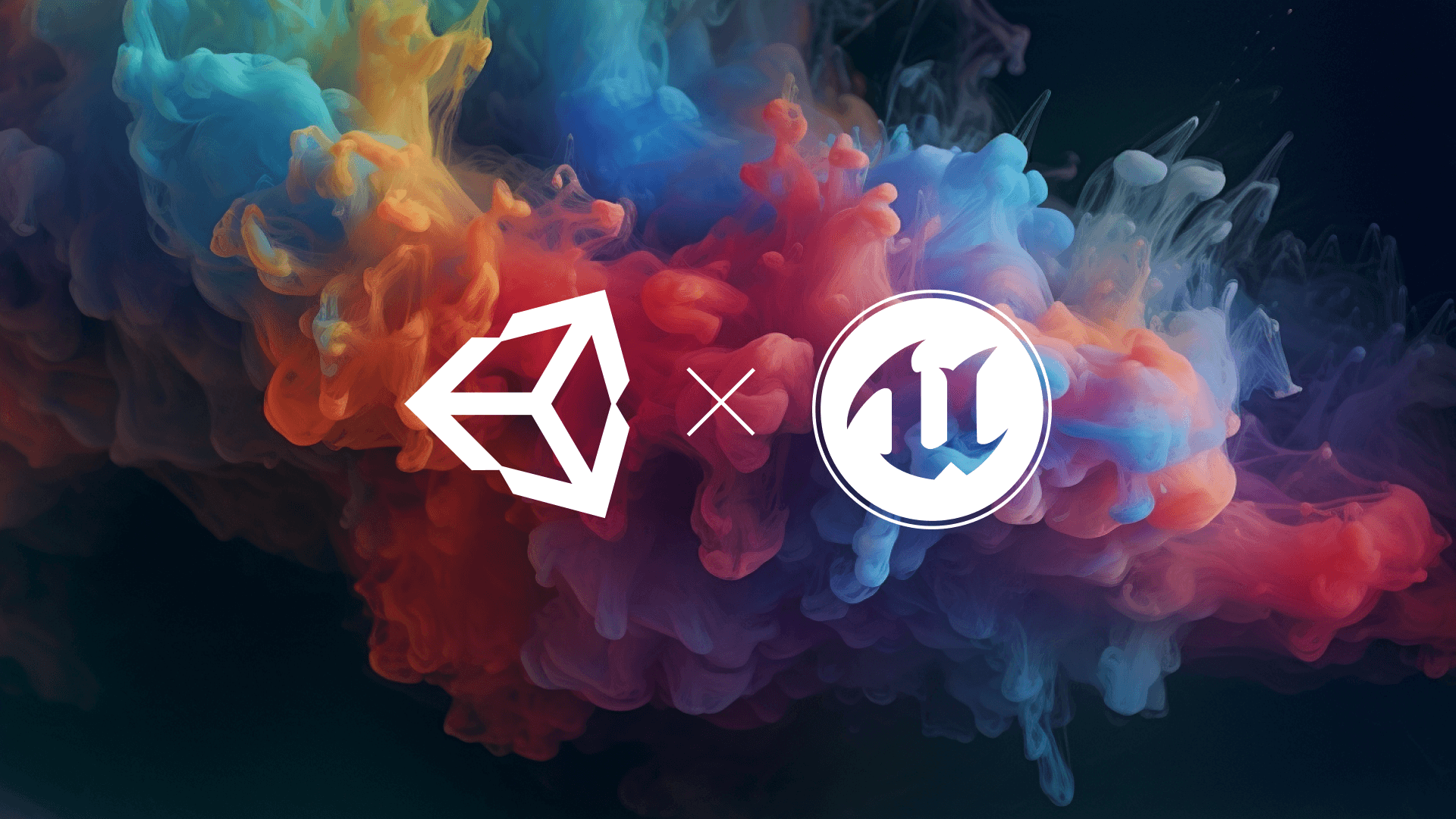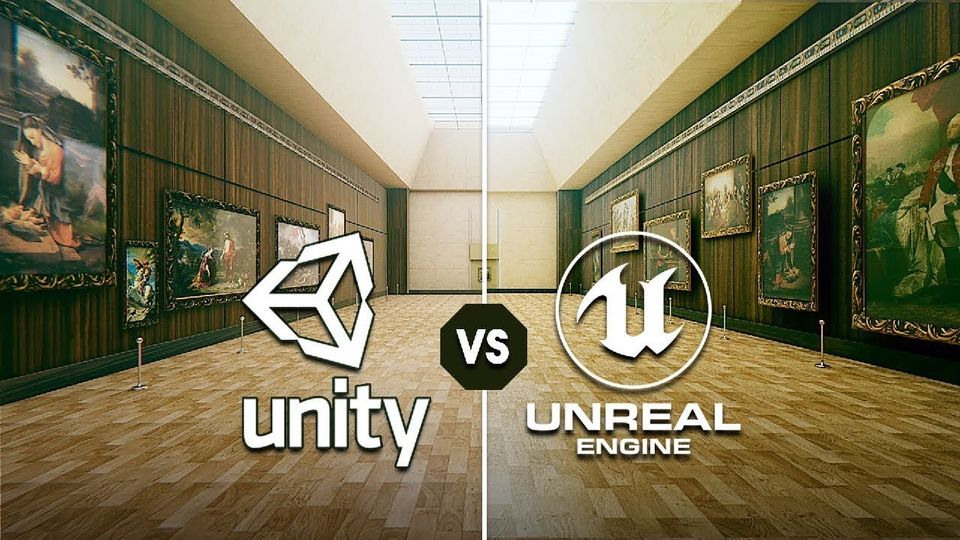Unity Vs Unreal: Why Unity Is Better in 2024
Unity is the most used game engine, with a 48% share globally. The number of games made in unity have grown by 93%. Why does it remain a fan favourite even in 2024? Let's decode.

Here are some facts:
- Unity is the most used game engine, with a 48% share globally
- Approximately 71% of the top 1,000 mobile games were developed in Unity.
- Unity powers close to 50% of all new iOS and Android games.
- Unity Technologies saw a revenue growth of approximately 42.5% in 2020.
- More than 1.5 million monthly active creators use Unity platform.
- The number of games made in unity have grown by 93%
Unity has not achieved such a cult status amongst game developers and 3D creators for no reason. In this post, we underline why Unity is such a fan favorite - 61% of developers consider Unity their primary choice.
Unity's Strengths
Here's a deeper dive into why Unity remains relevant in 2023 and why Unity game developers are in high demand:
- Constant Evolution: With each release, Unity boasts new features.
- Platform Versatility: It supports a vast range of platforms, from web and mobile to high-end PCs and consoles.
- Thriving Community: Unity has one of the biggest game development communities globally.
- Integration with .NET: Unity integrates seamlessly with the .NET world.
- Abundant Resources: Unity offers a vast library of ready-to-use solutions and assets.
- Beginner-Friendly: Unity boasts a gentle learning curve.
- Flexibility and Control: Unity's adaptable engine and service ecosystem empower you throughout the game creation process.
Unity Pricing Makes More Sense for Developers
- Developers keep all their income - all plans are royalty free
- Only if a game exceeds $100,000 in annual income, is it eligible for royalty
- Access to unity asset store is included in all plans
Advantages of the Unity Engine
- C# and .NET Compatibility: Unity utilizes C# as its primary scripting language. This language boasts a large community, easy entry point, and smooth learning curve. But it also maintains a robust structure with powerful features for crafting stable and efficient code. This combination makes Unity perfect for beginners and experienced programmers alike. Many C# IDEs, like Visual Studio and Rider, offer excellent Unity support. Additionally, Unity uses a customized Mono runtime environment for scripts. The latest Unity version grants access to .NET Standard 2.1 features and APIs, allowing you to potentially leverage libraries designed for regular .NET applications within Unity as standard .dll plugins. Unity plans to incorporate support for even more modern .NET versions, further integrating the engine into the .NET ecosystem.
- Unity Visual Scripting: The Unity team caters to developers with minimal or no programming experience through visual scripting. This feature allows creating logic and scripts without writing a single line of code. Scripts are built by connecting nodes. While it might affect performance compared to C#, visual scripting is constantly improving, with a new execution engine in development that aims to make visual script performance nearly identical to C# scripts.
- Unity Graphics: Unity offers two main graphic pipeline options: Built-in and Scriptable Render Pipeline (SRP). The Built-in pipeline is Unity's traditional rendering method, reliable but not particularly advanced.
In contrast, SRP is a more modern solution known for its modularity, customization potential, and enhanced performance. Render loop customization is achieved through C# scripting. Currently, there are two default SRP choices: Universal Render Pipeline (URP) and High Definition Render Pipeline (HDRP).
- Universal Render Pipeline (URP): Focused on high performance and portability across devices, URP is ideal for games targeting a broad range of devices or requiring lower power consumption.
- High Definition Render Pipeline (HDRP): Designed for high-performance devices, HDRP delivers the best detail and supports resource-intensive graphical effects.
Both URP and HDRP allow for a wide variety of post-processing tools. Additionally, SRP is not limited to URP and HDRP; custom pipelines can be built if needed, and existing ones can be modified for specific requirements.
Another benefit of SRP is the Shader Graph and Visual Effect Graph. Shader Graph is a tool that facilitates shader creation without coding by connecting nodes in a visual environment with instant preview capabilities. Visual Effect Graph offers a similar visual environment for crafting high-quality, high-performance visual effects.
- Unity Package Manager and Asset Store: Unity provides a wealth of tools to streamline asset and code reusability. Here are the two primary solutions:
- Asset Store: A platform where developers can share or sell their assets and libraries. Some games can be built entirely from scratch using only Asset Store assets, which can be incorporated into your project and customized for your needs.
- Package Manager: A distinct tool for sharing and reusing code. The core concept of package management revolves around integrating a package from an external source into your project without directly pasting it in. There are several sources:
- Unity default UPM repository (contains plugins created by Unity but not included by default)
- Self-hosted UPM repository (companies can create their own repositories for custom tools)
If you want to learn more about Unity Vs Unreal, read this post:


World's smartest 3D model optimizer
Convrse.pro is a cloud-based 3D optimizer that supports 40+ file formats including CAD files, and VR, AR files. It comes with fresh and unique features like heatmaps, batch optimization, and selective optimization that revolutionize the way 3D content is optimized.






